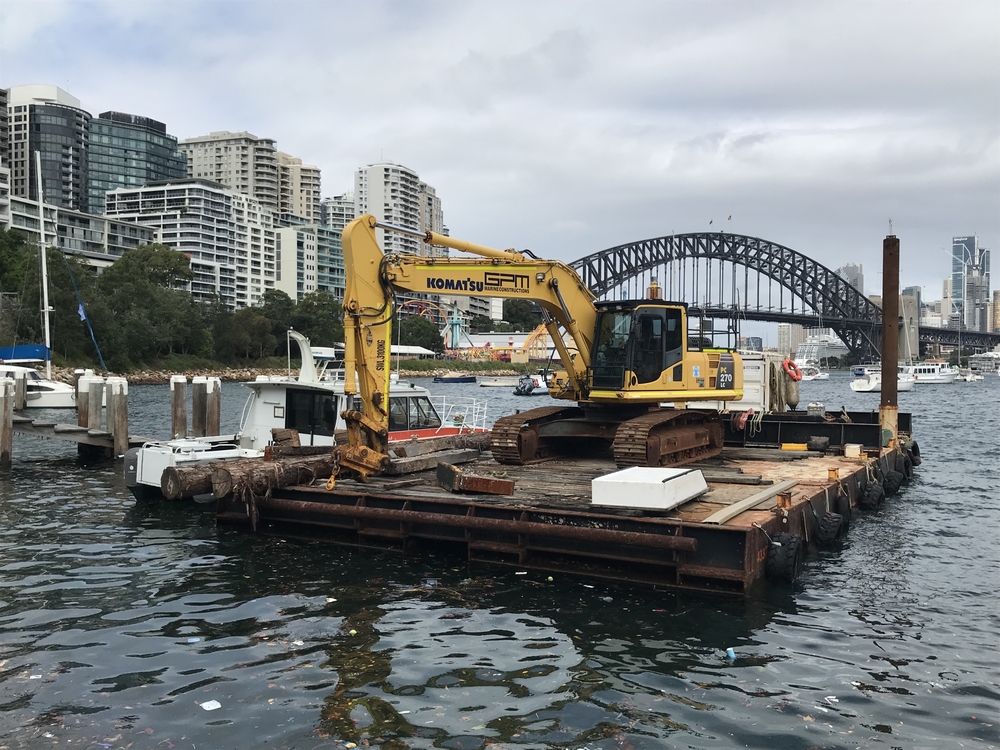Table of Contents
Barge operations are the backbone of the marine construction and transportation industry. From pile driving and dredging to bridge work and cargo handling, these floating platforms enable critical infrastructure projects across inland and coastal waters. Yet, they also present unique risks that demand strict adherence to barge safety regulations.
Understanding the latest requirements from OSHA and the U.S. Coast Guard is essential for maintaining safety, avoiding fines, and ensuring smooth project execution. This guide brings together the core compliance frameworks, enforcement priorities, and practical steps that every marine operator should follow.
Understanding the Regulatory Framework
Barge safety oversight is divided mainly between two agencies. The Occupational Safety and Health Administration (OSHA) governs worker safety on construction and maintenance barges, while the U.S. Coast Guard (USCG) regulates vessel operations, towing systems, and environmental compliance.
This dual authority means most marine contractors must comply with both sets of standards. OSHA ensures workers have safe access, proper fall protection, and life-saving equipment. The Coast Guard focuses on vessel integrity, inspection programs, and safety management systems that reduce incidents on the water.
OSHA Standards for Barge Operations
Under 29 CFR 1926.605, OSHA requires employers to maintain safe working surfaces, secure access points, and adequate fall protection on deck barges. Life jackets, lifebuoys with at least 90 feet of line, and ladders extending into the water are mandatory for over-water work.
For barges used in ship repair or cargo handling, OSHA applies 29 CFR 1915 and 1918, which address illumination, slip resistance, ventilation, and safe gangways. These rules ensure that deck crews, welders, and crane operators work in controlled environments with minimized risk of falls, crush injuries, or drowning.
USCG Compliance Standards
The U.S. Coast Guard’s Subchapter M (46 CFR) governs inspection and safety management for towing vessels and the barges they move. Operators must maintain a Certificate of Inspection (COI) or operate under a verified Towing Safety Management System (TSMS).
Compliance also includes vessel construction standards, emergency communications, firefighting systems, and pollution-prevention measures under 46 CFR Part 27. Operators towing petroleum or hazardous materials must maintain voyage-planning records and incident-preparedness plans in accordance with Coast Guard directives.
Marine Construction Safety in Practice
Marine construction safety involves more than following written rules—it’s about implementing a culture of accountability. Recent incident data across inland waterways shows that most overboard accidents occur during night operations or while transferring between barges.
Preventing these incidents requires practical steps: maintaining adequate lighting, using anti-slip deck coatings, installing guardrails on open edges, and ensuring personnel wear Type III or V personal flotation devices. Routine safety briefings and Job Safety Analyses (JSAs) should be standard practice on every project.

Under OSHA and USCG rules, every deck barge must maintain approved life rings, ladders reaching the waterline, and visible lighting for night access. Regular inspections and documentation are legally required to verify ongoing compliance.
Key Regulatory Overview
| Regulation | Primary Focus | What to Check |
|---|---|---|
| OSHA 29 CFR 1926.605 | Marine operations and equipment | Safe access, fall protection, life rings, ladders |
| OSHA 29 CFR 1915 & 1918 | Shipyard and cargo handling | Lighting, gangways, slip-resistant decks, ventilation |
| USCG 46 CFR Subchapter M | Towing vessels and barges | COI, TSMS audits, documentation |
| 46 CFR Part 27 | Vessel systems and fire safety | Fire detection, fuel and electrical systems, communication gear |
| EPA & USCG Environmental Rules | Pollution prevention | Discharge controls, spill containment, waste handling |
Building a Lasting Compliance Program
To maintain compliance year-round, companies should integrate both OSHA and USCG requirements into a unified safety plan. This means conducting regular inspections, maintaining documentation logs, and training crews on regulatory updates.
Digital inspection systems and cloud-based reporting tools can streamline compliance and ensure traceability during audits. For contractors using barges as construction platforms, coordination between site safety officers and vessel captains is critical to avoid regulatory overlap and confusion.
Why It Matters
Failing to comply with barge safety regulations can lead to fines, downtime, or even fatal accidents. Beyond the legal implications, safety excellence builds trust with clients and regulators while protecting crews who operate in challenging marine environments.
Establishing a proactive safety culture—through proper equipment, clear procedures, and ongoing training—is the most effective way to reduce risk. When compliance becomes part of your operational DNA, it strengthens every aspect of marine construction performance.
Compliance is not just about checking boxes—it’s about preventing accidents before they happen. Whether your barge supports pile driving, dredging, towing, or cargo operations, following OSHA and USCG standards ensures safety, efficiency, and long-term reliability.




